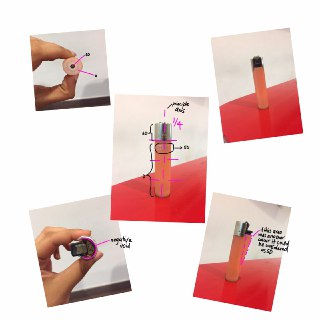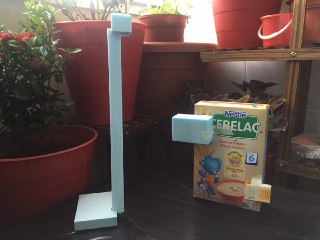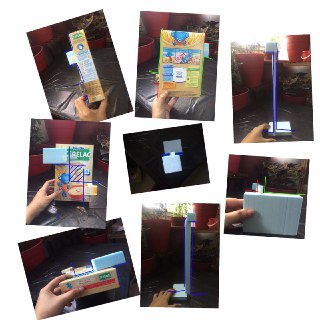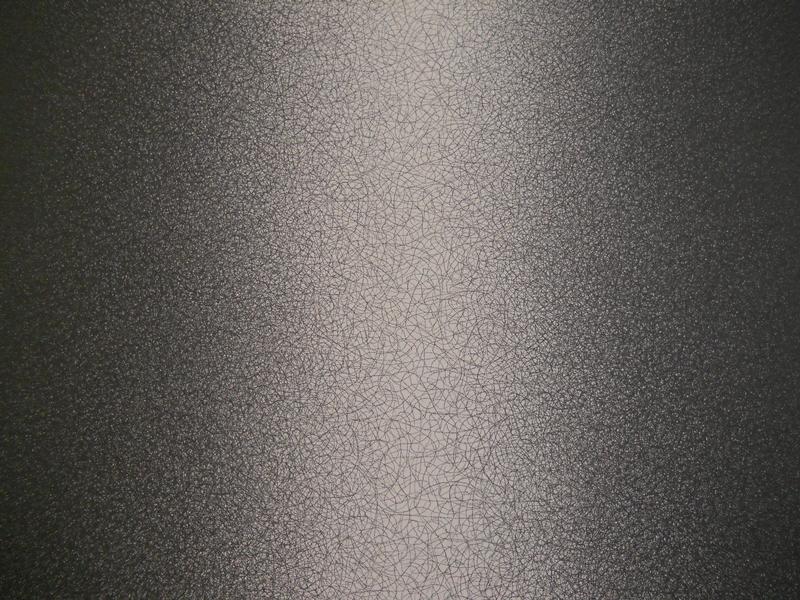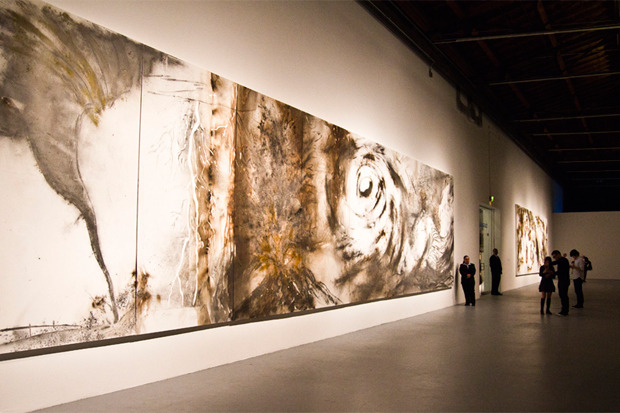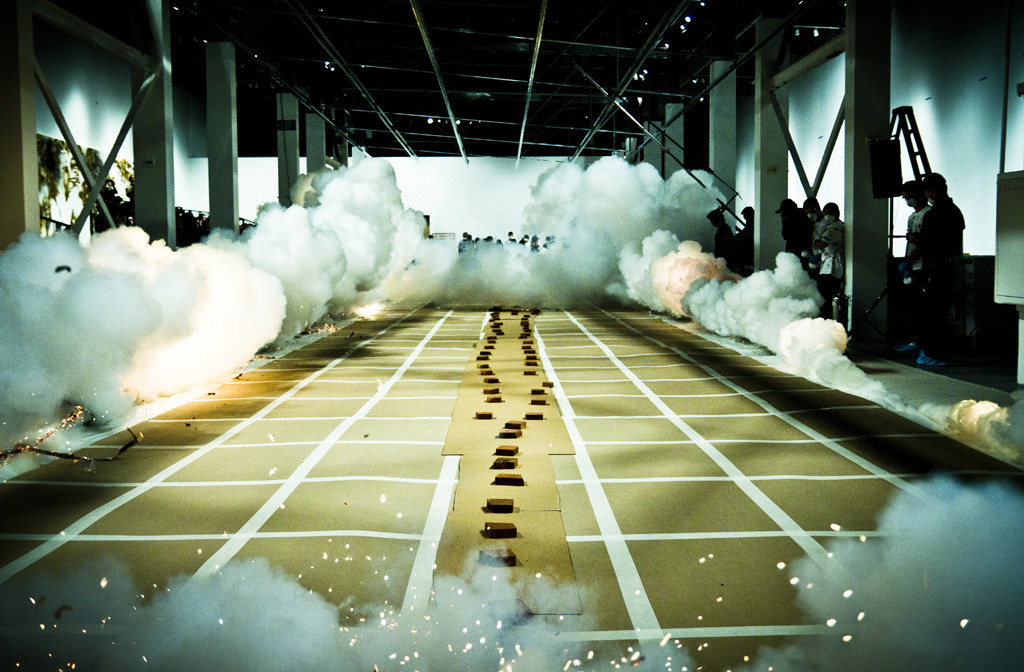
I had a very direct approach to this project, But after the presentation I realised the areas I could improve on and I will discuss it later in this post.
Task 1:
For task 1, I was interested in capturing the essence of me,which I feel translates into my friendships,my love for food and loud bright fun colours and prints. Some of the test shots I took for this task are below.


The picture on the top was taken much too close, resulting in my body being cropped in a stranger manner. The focus would be more on my expression which I was not trying to emphasise in that picture itself.It also did not fully capture the colour range of the pillars as they were too close together and not well aligned.Further,the expression on my face was not as friendly as I would have liked. In the following picture my expression did not match up with the vibes I was going for.However, I did enjoy how extensive the pillars looked in this picture but it was not a focus of mine.The last picture managed to capture the cheery and relaxed feel I was going for from my expression and neutral angle it was taken.Overall, I felt that the long shot showed off the environment and the saturation brought out the colours which was the picture I eventually chose to include in task 1.

Next, I decided to include a picture that expressed my love for food. I captured the intensity of the force at which I was shoving the donut into my mouth, from the facial expression and the frosting being smeared on my face. Therefore, a close up shot would be apt in showing the details of the shot.I also ensured a white background and high exposure to make the colours pop from contrast.Ill discuss the test shots for this picture below.
In the test shot above , the lighting casted a shadow on my face which gave the picture a mysterious and scary effect.Also it defined the bumpiness of the wall behind me which I found to be quite distracting. So I opted for more direct lighting on my face and a simple white wall.
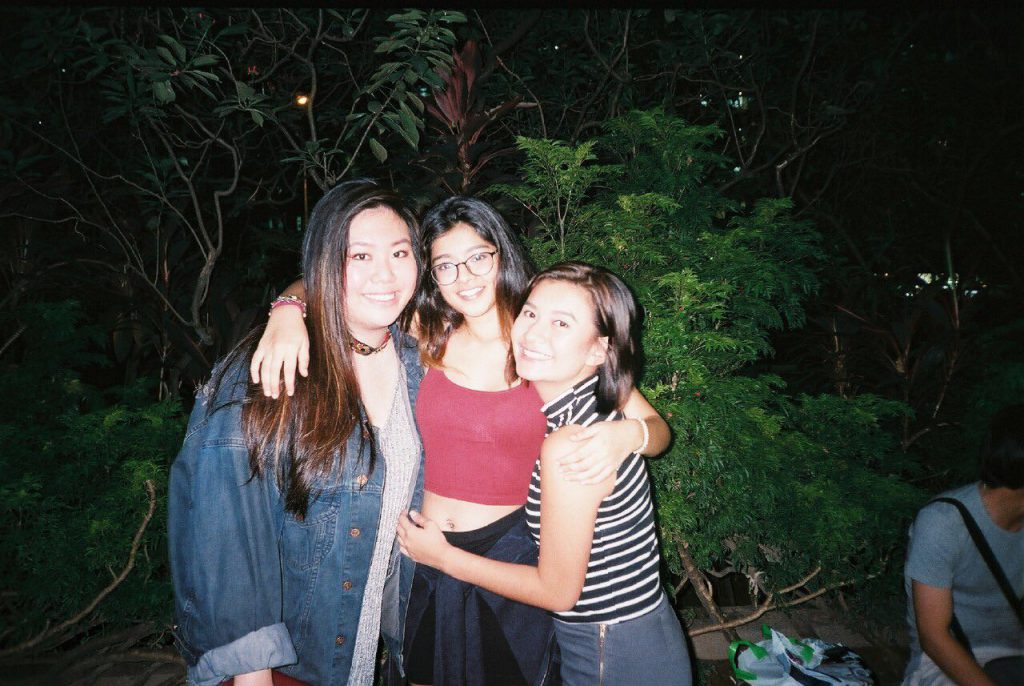
Lastly for task 1, I decided to include a picture of me and my friends.I cropped the picture to minimise distractions.I increased the exposure of the picture and also darkened the background slightly to draw the viewers to the focal point of the picture.
Task 2:
The object I chose was a donut,because since school started I’ve been eating it regularly because it’s brightly coloured,convenient and not to mention tasty.It was pretty straightforward to me photograph the donut on a plain white background to bring out its colours,and the details with an extreme close up shot.



The other two pictures I selected for task 2 were pretty similar. I used close up shots to bring the attention to my expression, and a slightly blurred picture as well.I felt that the blurriness made the excitement look more genuine because of the “motion” in that picture.
Task 3:
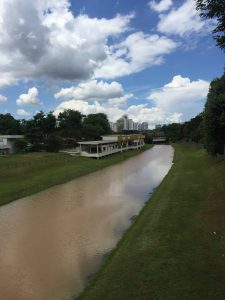

This is one of the areas in between sunset way and Clementi, which i find myself at very often because of the tranquil, peaceful atmosphere.In the original photos above i felt that the colour of the water was quite unappealing.Thus i added a filter and increased the contrast and saturation to colour correct the water and draw attention to the blue skies as i see blue itself as a very chill relaxing colour.Moreover i think the idea of symmetry added to the sense of balance/calmness.Hence, i selected the picture below as one of the final pictures for task 3.

Next I wanted to close task 3 by trying to capture as much of Clementi as I could. I went to one of my secret hangouts as I felt that it was more authentic to me and it had a high vantage point.I liked the idea of the train track as they lead your eyes down Clementi,taking you through the area.However I wanted a more warm tone to the picture,in this case everything is very blue,cold and rather impersonal.So i took to editing and turned up the warm cast.
Before:

After:

I will move on to the bakery photos..
 On the left was one of the test shots, I felt that it was quite impersonal and also there were too many distractions.
On the left was one of the test shots, I felt that it was quite impersonal and also there were too many distractions.

This picture was taken in a way where it seems like the viewer is in the bakery itself. I was also lucky enough to capture the owner which gives the picture a human touch as compared to the rest of my photos. The owner is not looking at the camera which makes it seem casual,as if he’s just doing his day to day activities. The warm glow emphasises the cozy nature of the bakery and adds a “nostalgic” effect.The long-shot aided in capturing more of the environment and the shelves are lined up to give the photo more stability.
As mentioned in the introduction,improvements can be made, especially in task 3. I feel that i could’ve gone more in depth into bakery itself as opposed to me taking pictures of various areas in my estate.For example,I only noticed the alter placed onto of the shelves due to the test shots, despite religiously visiting this bakery since childhood.I thought it gave off a rather spooky vibe because of the soot accumulating on the celling and the bright red light which makes it slightly unusual compared to the environment of the bakery itself. A low angle would have captured the dark soot and also made the statue of the god look more daunting.Also one of my favourites from the bakery was the pandan chiffon cake because of its bright green colour and soft fluffy texture.Placing it on a red background would have brought out the green and the texture would be emphasised with an extreme close up shot.



